Cattle Rustling: Causes, Prevention, Punishment
Cattle rustling, also known as cattle raiding, is the act of stealing livestock, primarily cows. This age-old crime has been a persistent issue for ranchers across generations, causing financial losses and disrupting food supply chains.
During the 19th century in the American West, especially in areas like Texas and Oregon with vast open ranges and limited law enforcement, cattle rustling was widespread. Rustlers could easily drive off entire herds under the cover of darkness. Although the image of the lone outlaw may seem outdated, this crime still exists today around the world.
Outside the US, cattle rustling continues to affect ranchers globally:
- In East Africa, particularly in countries such as Kenya, Uganda, and South Sudan, cattle rustling has deep cultural roots. Competition for land and water, along with easy access to weapons, fuels this crime.
- West Africa is witnessing an increase in cattle thefts, often driven by criminal intent. Stolen animals are frequently sold in urban markets, feeding a black market for livestock.
- Border regions in Latin America are especially vulnerable, where stolen cattle can be easily smuggled into neighboring countries with higher market prices.
Modern rustlers have evolved their methods, using trucks for faster transport and, in some cases, employing advanced techniques like anesthesia to operate more quietly.
In California alone, ranchers lose approximately 1,900 head of cattle each year, resulting in about $1.5 million in losses. However, only half of the stolen animals are recovered by law enforcement.
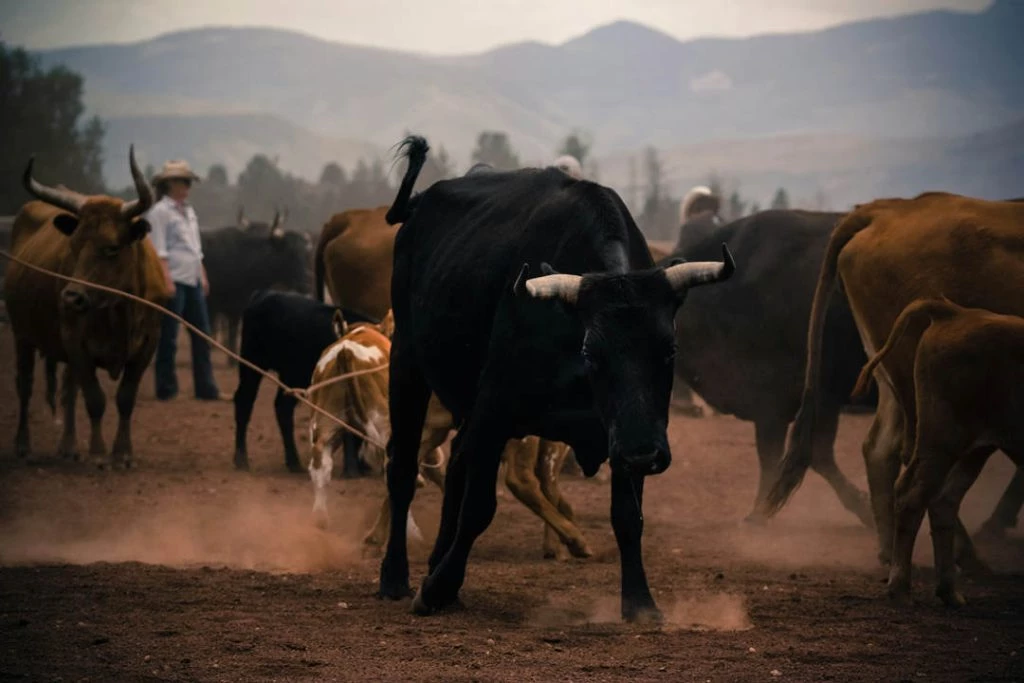
Causes of Cattle Rustling
The motivations behind cattle rustling go beyond simple greed. Here's a detailed look at the key factors that contribute to this crime today:
Financial Gain
Profit remains a major driver. Cattle are valuable assets, and selling them illegally offers a tempting income source, especially in economically disadvantaged areas. Poverty among youth can push them toward rustling as a means of survival.
Organized Crime
Cattle rustling isn't just the work of individuals. In some regions, organized crime groups steal large numbers of cattle, feeding black markets for meat and leather products.
Rising Cattle Prices
As the market value of cattle increases, so does the incentive for theft, making it a more lucrative activity for criminals.
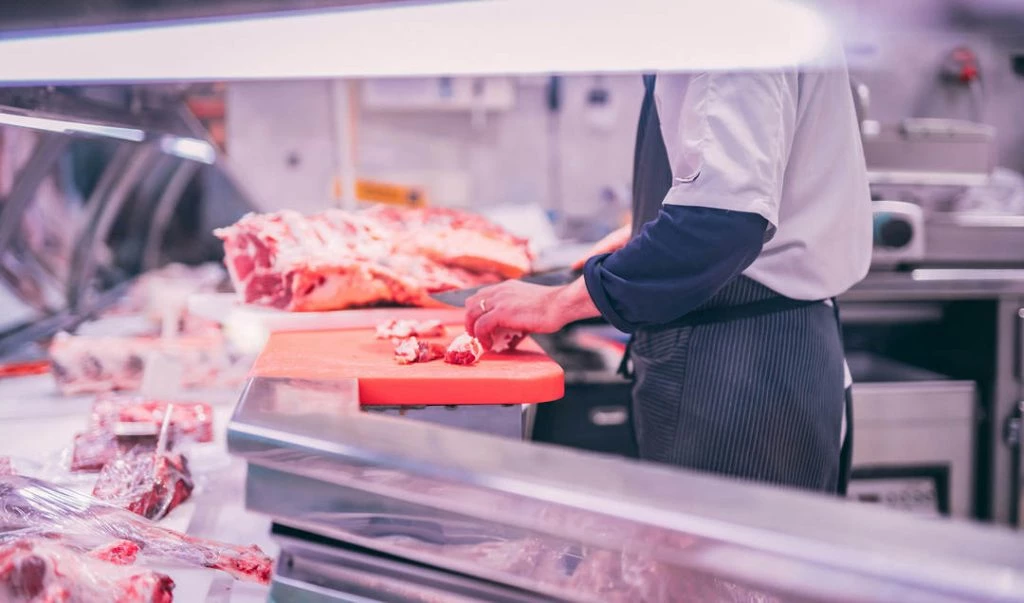
Social Status
In certain cultures, owning a large herd symbolizes wealth and status. Stealing cattle can help individuals, especially younger generations, gain recognition and establish themselves within their community.
Political Instigation
Politicians sometimes use bribery to involve rural communities in cattle rustling, either to raise funds for campaigns or to target supporters of rival candidates.
Weak Security Systems
Areas with weak law enforcement, unregulated borders, and poor infrastructure provide safe havens for rustlers, making it hard to catch them.
Weak Legislations
Lax laws with insufficient penalties for cattle rustling can discourage enforcement and embolden criminals.
Historical Practices
While less common now, remnants of historical practices like cattle raiding in certain cultures still influence modern rustling, especially in regions with strong traditional ties.
Competition for Resources
Scarcity of grazing land and water can lead to cattle rustling as a way to secure these essential resources, particularly during droughts or environmental stress.
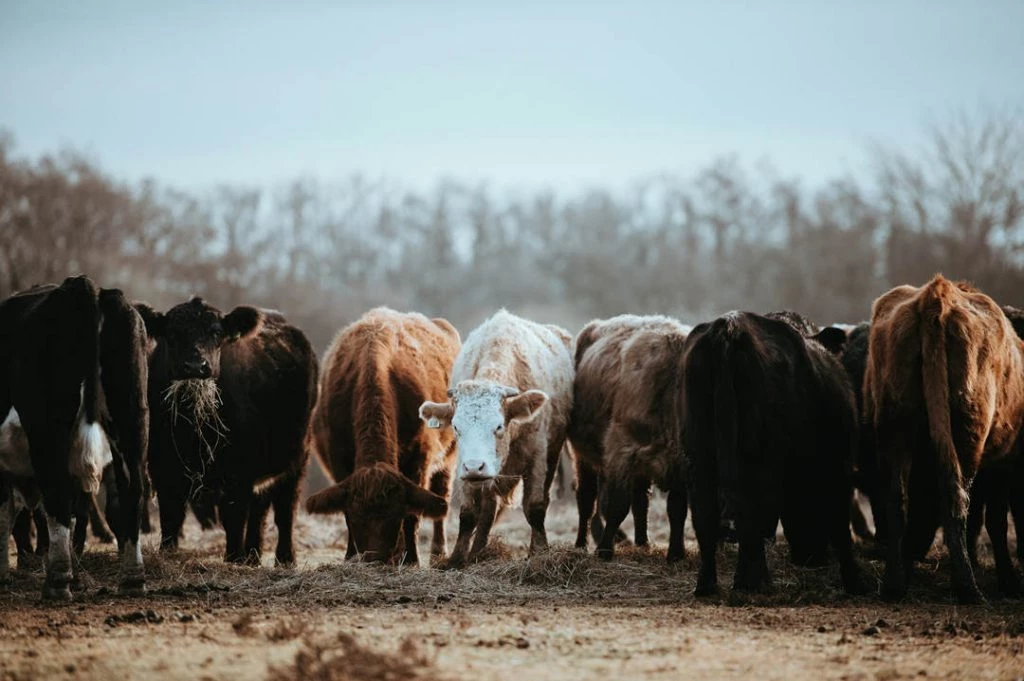
Socio-cultural Perceptions
In some communities, cattle rustling may be seen as less serious or even glorified, making it more socially acceptable.
Proliferation of Guns
Easy access to firearms makes cattle rustling a more viable option for criminals, increasing the risk involved.
How to Prevent Cattle Rustling?
Here are several strategies to prevent cattle rustling, combining traditional methods, technology, and community efforts:
Know Your Cattle
Daily checks and counting are essential. The longer a missing animal goes unnoticed, the harder it becomes to find. Vary your routine to avoid predictability.
Maintain Fences and Gates
Build pens away from roads and keep them hidden if possible. Use strong locks and capped hinges. Regularly check for damage or weaknesses in fences.
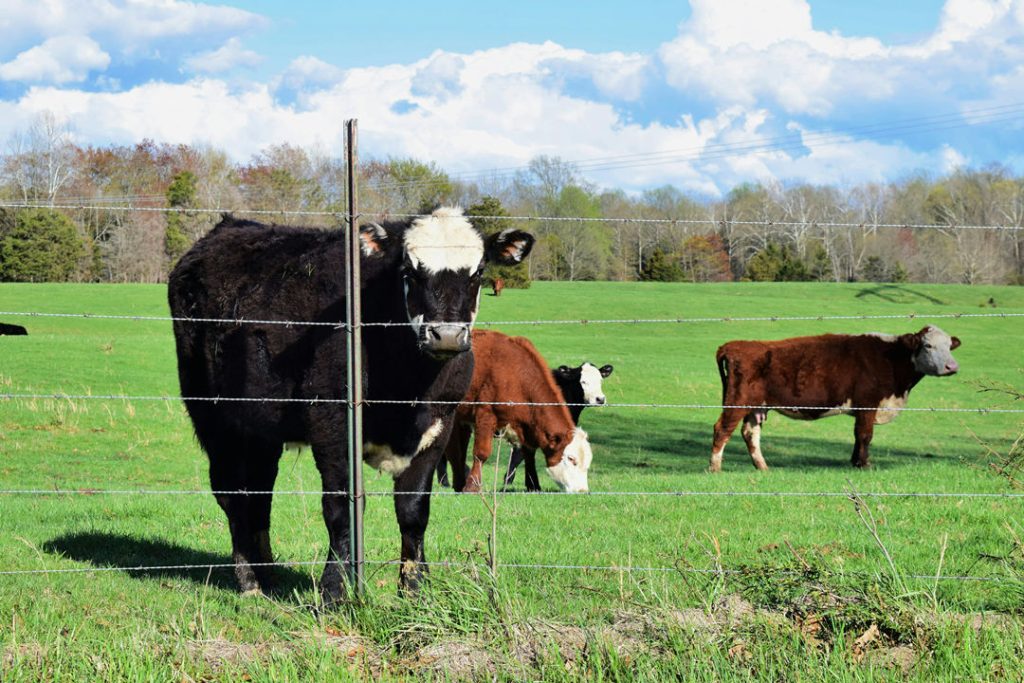
Be Observant
Trust your instincts. If you notice signs of intruders—footprints, tire tracks, suspicious vehicles—take extra precautions and report them to authorities.
Mark Your Livestock
Use brands, tattoos, or tags to clearly mark your animals. This makes them harder to sell and easier to trace back to you. Branding is a time-tested method used in many states.
Security Cameras
Install cameras with night vision to deter rustlers and provide evidence if needed.
Cattle Monitoring Systems
RFID chips or electronic ear tags can track cattle movements and alert ranchers when animals leave designated areas. This helps identify theft quickly.
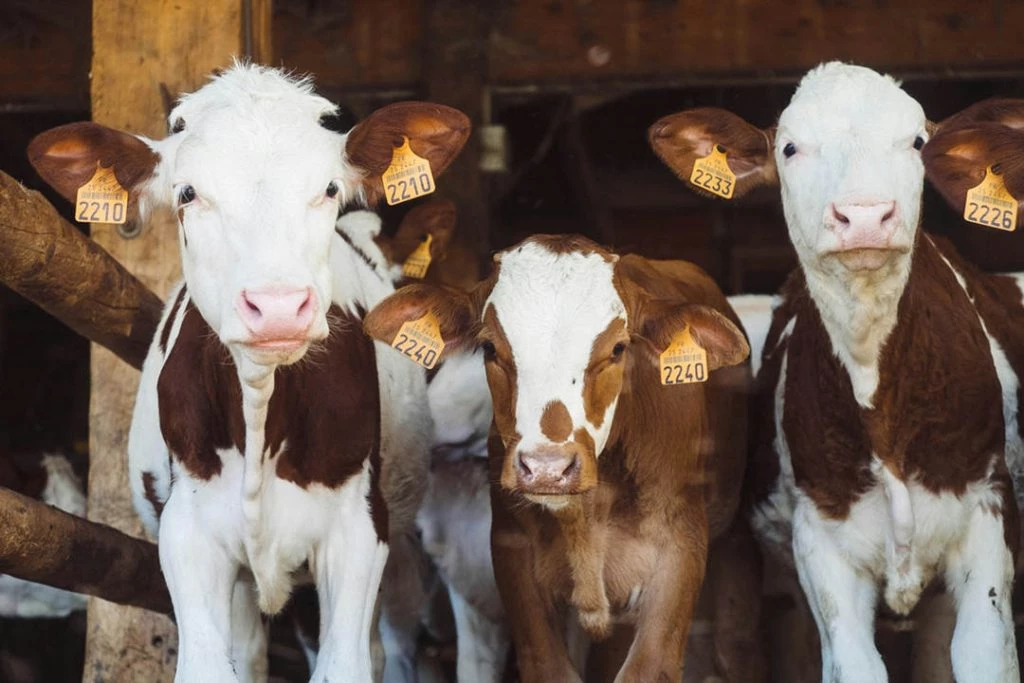
GPS Tracking
GPS collars allow real-time tracking of cattle movement, helping detect unusual behavior that might indicate theft attempts.
Neighborhood Watch Programs
Collaborate with neighbors to share information on suspicious activities or unfamiliar vehicles near your property.
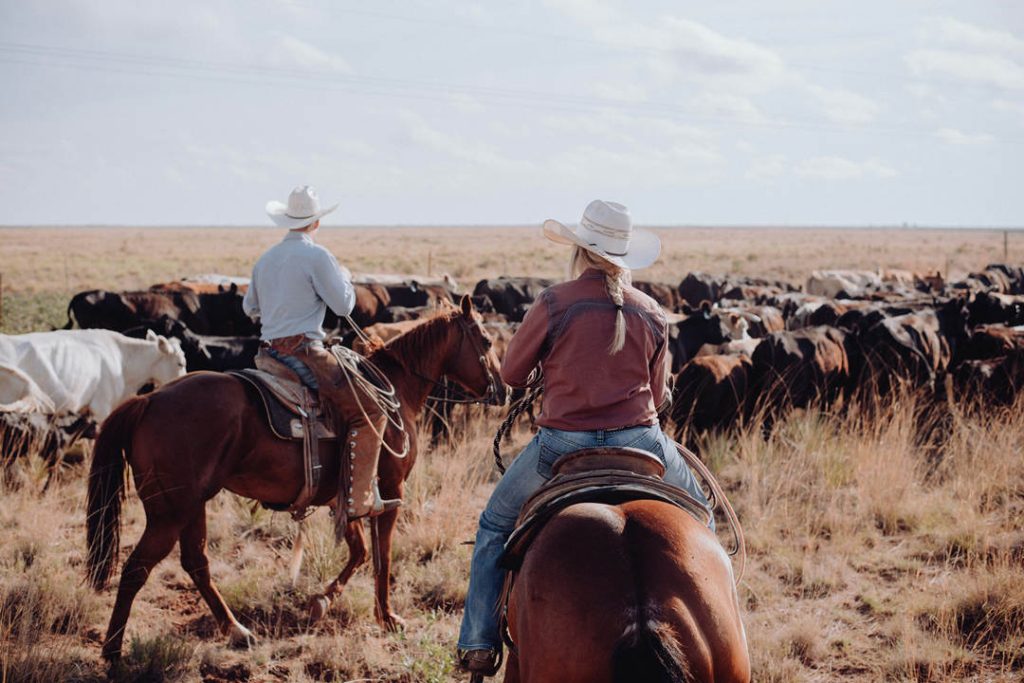
Law Enforcement Partnerships
Build strong relationships with local police. Share information and participate in joint patrols to improve security.
Licensing and Registration
Implement a system to license and register cattle in your area. This makes tracking stolen animals easier and discourages theft.
Public Awareness Campaigns
Run educational campaigns to inform the public about the consequences of buying stolen livestock, reducing the demand for such products.
How Drones Help Combat Cattle Rustling?
Drones are transforming ranch security by offering cost-effective, real-time monitoring. Here’s how they help:
Cost-Effective Patrols
Drones can cover large distances quickly and efficiently. A single flight can survey hundreds of acres in minutes. Models like the JOUAV PH-20 can cover over 700 hectares per flight, significantly increasing patrol frequency and deterring rustlers.
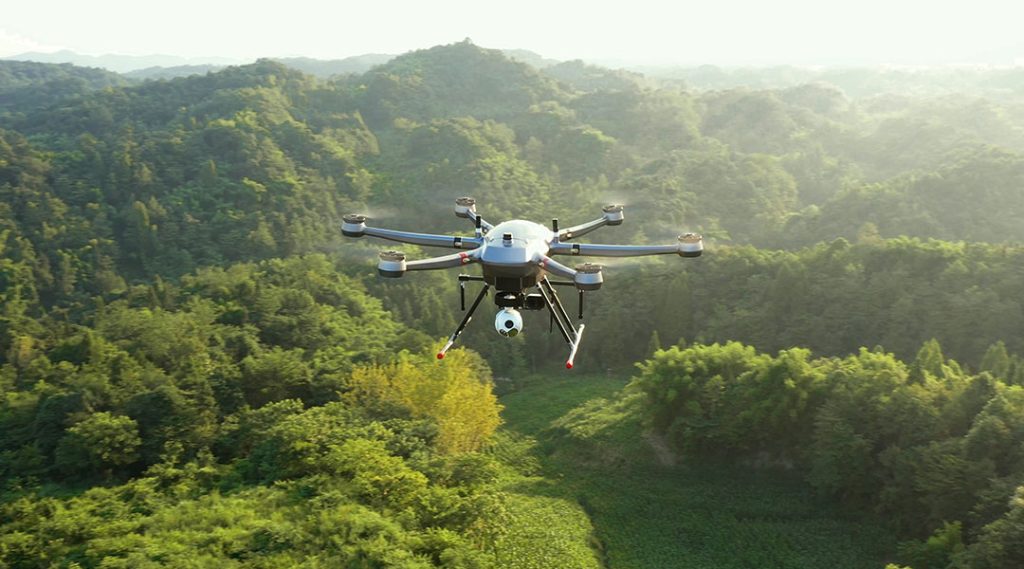
Drones reduce operational costs compared to ground patrols, allowing more frequent checks and increased vigilance.
Real-Time Monitoring & Early Detection
Drones equipped with HD cameras can provide live video feeds directly to a phone or tablet. This allows for immediate response if suspicious activity is detected. AI-powered drones can also identify signs of tampering or unauthorized access before a theft occurs.
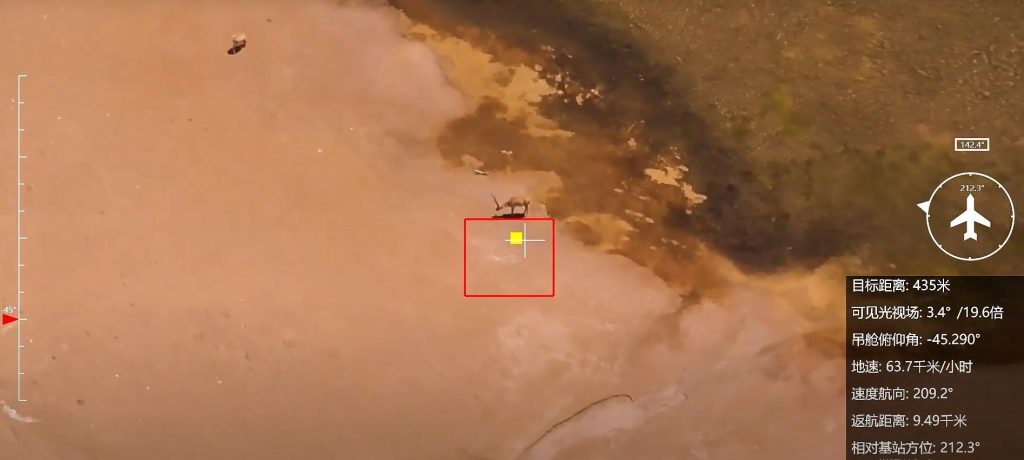
The PH-20 with MG-120E uses AI to recognize objects like people, animals, and vehicles in real-time. One rancher reported a 75% reduction in cattle rustling after implementing this system.
Aerial Footage & Data Collection
Drones capture high-resolution images and videos of cattle and their surroundings. This data helps locate missing animals, manage herds, and make informed decisions about grazing and resource allocation.
Reduced Risk & Improved Safety
Drones allow ranchers to monitor remote areas without danger. They can navigate difficult terrain and avoid wildlife encounters, improving overall safety.
What is the Penalty for Cattle Rustling?
In the United States, cattle rustling is a serious offense with penalties varying based on several factors.
Federal vs. State Laws
Federal Law: There's a limited federal statute (18 U.S. Code § 667) that applies to cattle rustling if the stolen livestock has a value of $10,000 or more and crosses state lines. A conviction under this law can result in fines or imprisonment for up to five years.
State Laws: Most penalties are determined by state laws. These vary widely, so it's important to research the specifics in your state. Factors that influence the penalty include:
- Value of the stolen livestock: Higher values usually mean harsher punishments.
- Number of animals stolen: Stealing more animals typically leads to greater charges.
- Prior offenses: Repeat offenders face steeper penalties.
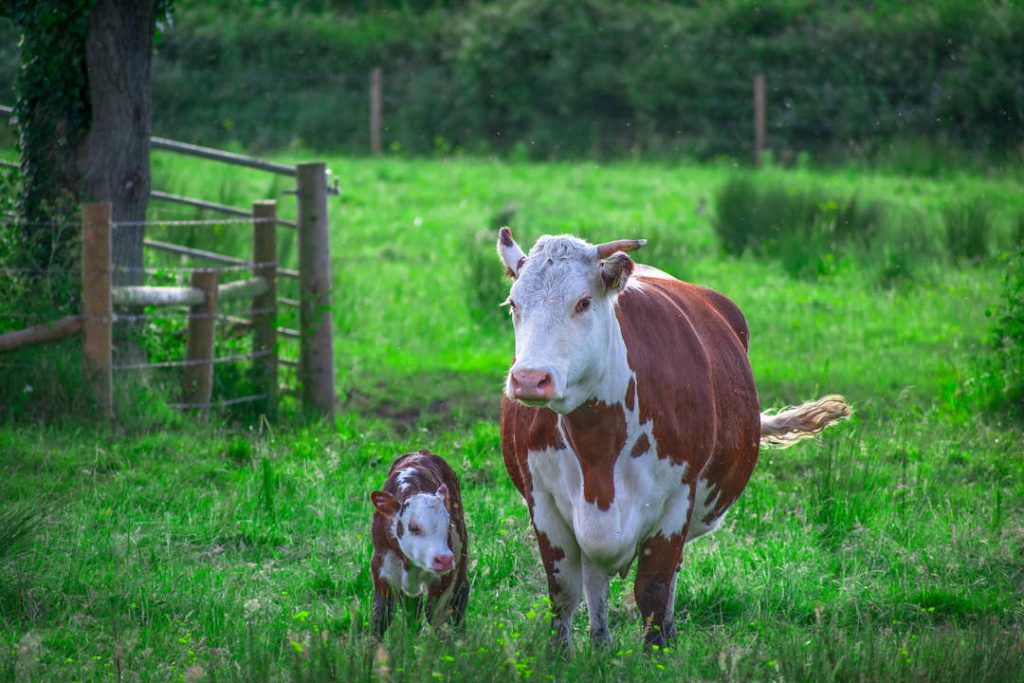
Examples of State Cattle Rustling Penalties
Texas: Theft of cattle valued at more than $150 is classified as a felony, with potential sentences ranging from state jail to prison time depending on the amount stolen.
Montana: Theft of a single animal under $1,500 may be a misdemeanor, while higher amounts can lead to felony charges with possible prison sentences.
Finding Specific Information
To get exact penalties in your area:
- Contact local law enforcement: Sheriff's departments or police departments can provide accurate information about penalties in your region.
- Check state government websites: Many states list livestock theft statutes on their official sites. Search for terms like “cattle theft penalties†or “livestock theft laws.â€
FAQ
Can You Still be Hung for Cattle Rustling?
No, in most places today, you cannot be hanged for cattle rustling. While it was once a severe crime, capital punishment for this offense is no longer practiced in modern times.
Difunctional Monomer,Monomer,,Acrylate Monomer,Methacrylate Monomer
Runhe Chemical (Guangzhou) Co.,Ltd. , https://www.rhchems.com
